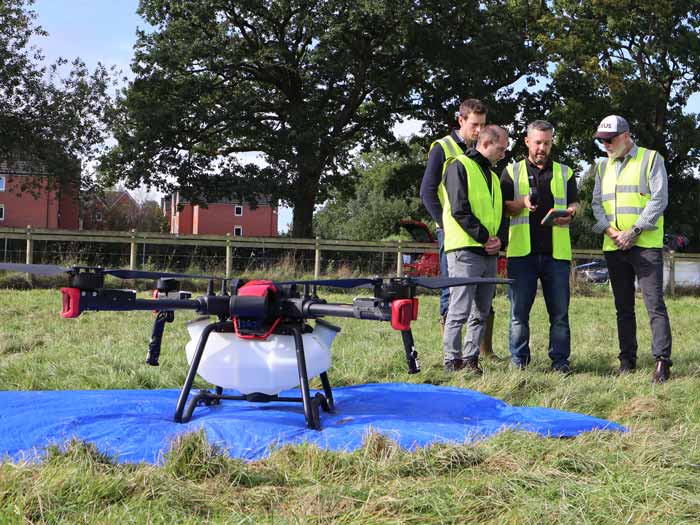Making CPD achievable
19 March: Site maintenance at 16:00 GMT today - if you are logged in at this time you will be logged out briefly.

Making CPD achievable
Making CPD achievable

CPD points can be achieved in a variety of ways, from attending events to completing training and self-learning.
As a member, you can record all your points in the learning hub. Even CPD items that seem small to take a small amount of time can make a big impact.
Gaining CPD points is based on one point being half an hour of learning, so two points is one hour of learning.
As a TIAH member, you agree to keep your knowledge and skills up to date. We suggest you aim for 40 points a year, which is roughly 20 hours a year - but you and/or your employer can set your own CPD points goal. (Note: you can allocate a maximum of 10 points for a full day.)
Starting your CPD the right way
Getting started with our TIAH Essential Skills modules will set you off on the right foot.
Remember that where you live or work doesn’t have to limit your ability to learn and get your CPD points. There are so many opportunities available, so even if you live in a rural area, you can use digital methods, such as YouTube videos, webinars, online training, or taking part in discussions on Twitter.
You can also read articles or have conversations with others in the industry to give you new insight or encourage you to try a new way of doing your job. These all count as CPD.
Make the most of your CPD
If you want to structure your CPD, you can use the Plan, Learn, Apply, Reflect, and Share method:
- Plan: Use the online learning platform to find knowledge/skills gap and consider any other learning you want/need to do
- Learn: Complete the training offered
- Apply: Find ways to use the learning in your work and remember, if things don’t go to plan when you try something new, this can be important learning too
- Reflect: Record your learning in the learning hub and take time to think about any impact CPD has made on how you do your job and what you might do differently in the future
- Share: Sharing your learning with others is a great way to show you have taken in your learning and gives others a chance to find out about what you've learned
You can start by trying to get into the habit of learning at a particular time and day. Every month, you could block out time to do any learning or log anything you've learned.
Learning on the job
Of course, CPD doesn’t always have to be structured. On-the-job learning is a great way to expand your skills and knowledge while you’re actively working in your role. Most of us are doing CPD every day but don't realise it.
Consider asking for a mentor or coach where you work, as this also adds to your CPD. You could also coach or mentor someone else if your role allows. This is a good way to think through your knowledge and assumptions and discover what others think.
How to make a case to your employer
Explain to your employer what you’re learning and why it can stop you from feeling guilty about taking time to learn.
Explain why this learning is important for you and how it will benefit your organisation and the wider business. You can also offer to share your new skills and knowledge with them and other colleagues.
The TIAH Capability Framework is one way to show your employer the knowledge and skills expectations in your role. It's a good basis to start a conversation around any gaps you may need to fill.
Questions to consider when making your case
Some questions to consider when making your case:
- What are your learning goals?
- How long will it take?
- How much time can you commit a week?
- How does the course benefit your role, wellbeing, and professional development?
- Is it accredited?
- Are there any costs?
- Can the learning be done on the job?
You can use this personal development plan template to get you started

